Alternatives to RESIDENTIAL TREATMENT
WE HEAR THE MESSAGE OVER AND OVER
“WE TRIED EVERYTHING!”
Often when we speak to parents who sent their child to a residential facility, we hear the same things. Usually the parent describes their fears about the youth’s behavior. They convey the struggle they have being able to intervene. They express their frustrations that their child does not seem to listen to instructions. The parents often come with the belief – often fueled by educational consultants or others – that if the youth does not attend residential, they will end up on the streets or dead.
Residential treatment is not preventive care for imagined future behaviors.
Children live and develop in systems – familial, communal and societal. Removing a child does not aid the family in altering dysfunction or learning better methods to attune and connect. Therapeutic models require a sense of safety and connection to support healing and transformation. What is clear is that survivors of these facilities report that they lived in fear and isolation while in facilities. Removing a child does not cultivate connection.

“A model of care that disrupts relationships in favor of removing a child from their community is fundamentally flawed. As is a model which identifies a child as the primary cause of dysfunctional familial, communal, and societal systems.” -Dr. Vanessa Hughes
Here are several evidence-based alternatives to residential treatment facilities that are often bypassed when children are sent to residential care facilities by their parents or guardians.
If you are considering sending your child away, please reach out to us and request a facility report for the facility you are considering.
info@breakingcodesilence.org
Positive Action
Positive Action – The program uses a curriculum-based approach to improve youth academics, behavior, and character. The program is rated Effective. Treatment group students reported less substance use, sexual activity, violent behavior, serious violence-related behavior, and bullying behavior than did the control group students. There were no significant differences in measures ...
Parent–Child Interaction Therapy (PCIT)
Parent–Child Interaction Therapy (PCIT) – The program teaches parents new interaction and discipline skills to reduce child problem behaviors and child abuse by improving relationships and responses to difficult behavior. The program is rated Effective. Program children were more compliant with fewer behavior problems than the waitlist group. The treatment group ...
Parent Management Training – Oregon model (PMTO™)
Parent Management Training – Oregon model (PMTO™) – An evidence-based structured intervention to help parents and caregivers manage the behavior of their children. The PMTO method is designed to promote prosocial skills and cooperation and to prevent, reduce and reverse the development and maintenance of mild to moderate to severe conduct ...
Multisystemic Therapy (MST)
Multisystemic Therapy (MST) – A family and community-based treatment program for adolescent offenders who have exhibited serious antisocial, problem, and delinquent behaviors. The program is rated Effective. The treatment group had fewer rearrests and spent fewer days incarcerated than a comparison group that received usual services The program had a positive ...
Multisystemic Therapy – Substance Abuse
Multisystemic Therapy – Substance Abuse – This version of multisystemic therapy is for adolescents with substance abuse and dependency issues. This program is rated Effective. Treatment youth showed statistically significant reductions in marijuana use and in aggressive behavior and convictions for aggressive behavior, compared with control group youth. However, no significant ...
Multidimensional Treatment Foster Care-Adolescents
Multidimensional Treatment Foster Care-Adolescents – A behavioral treatment alternative to residential placement for adolescents who have problems with chronic antisocial behavior, emotional disturbance, and delinquency. This program is rated Effective. It was associated with a significant drop in official criminal referral rates, involvement in criminal activities, and days spent in lockup ...
Multidimensional Family Therapy
Multidimensional Family Therapy – A manualized family-based treatment and substance abuse prevention program developed for adolescents with drug and behavior problems. The program is typically delivered in an outpatient setting, but it can also be used in inpatient settings. The program is rated Effective. The program resulted in the greatest and ...
Midwestern Prevention Project (MPP)
Midwestern Prevention Project (MPP) – A school-based comprehensive program intended to promote an anti-drug message throughout communities and prevent substance use (alcohol, tobacco, and marijuana) among middle school students. The program is rated Effective. The program significantly reduced cigarette smoking prevalence among treatment youths relative to the control group. There was ...
Mentoring
Mentoring – This practice provides at-risk youth with positive and consistent adult or older peer contact to promote healthy development and functioning by reducing risk factors. The practice is rated Effective in reducing delinquency outcomes; and Promising in reducing the use of alcohol and drugs; improving school attendance, grades, academic achievement ...
Linking the Interests of Families and Teachers (LIFT)
Linking the Interests of Families and Teachers (LIFT) – This is a program designed to prevent the development of aggressive and antisocial behaviors in children in elementary school. The program is rated Effective. Youth who participated in the intervention demonstrated statistically significant reductions in physical aggression; in the initiation of alcohol ...


